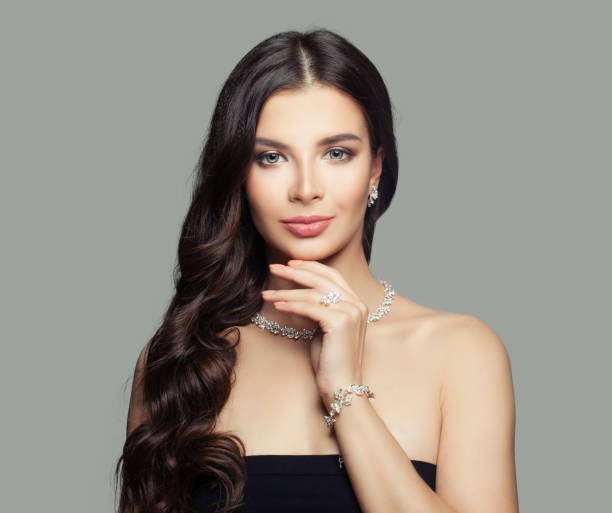The Ultimate Checklist for Buying Padparadscha Sapphire Gemstones All Entries

Padparadscha sapphire gemstones have stolen the hearts of jewelry enthusiasts over the years because of their uniqueness and brilliance. The name may be difficult to pronounce, but Padparadscha Sapphire makes up for this with its versatility. Thanks to their exotic colors, you can combine these stones with different outfits and metal types, whether you want a classic or modern look.
It doesn’t stop at beauty. Thanks to their hardness, padparadscha sapphire gemstones can resist wear and tear, making them ideal for engagement rings. These stones also symbolize positive energy. Consider these factors when buying padparadscha sapphire gemstones.
- Color
Color is crucial when assessing padparadscha sapphire gemstones. The word “padparadscha” comes from the Sinhalese name for lotus blossom. Although lotus has a salmon hue, gem dealers disagree on the exact padparadscha color. That could be because the lotus blossom comes in different shades. Ordinarily, padparadscha sapphires combine orange and pink hues.
While some dealers accept purple and yellow colors, others disqualify padparadscha stones based on their tertiary hues. Shades should be even without face-up zoning. Brown hues are also undesirable. Unlike other sapphires, color saturation doesn’t directly influence padparadscha values. Instead, traders prefer medium intensity because of the gem’s pastel tone. Lighting also affects color. Sapphires are more attractive under daytime and fluorescent lights than incandescent lighting.
- Cut
Since padparadscha rough is scarce, jewelers try to minimize wastage when cutting the stone. As such, expect deep pavilions and other asymmetrical shapes. Ordinarily, these stones come as cushions and ovals. However, you can choose emeralds and the more expensive round cuts.
Another rare shape is cabochon that utilizes star stones and those that don’t allow faceting. Besides good symmetry, the best cabochons have smooth domes. This goes hand in hand with clarity. With the ornaments’ light hues revealing inclusions, go for eye-clean padparadscha sapphire gemstones. However, consumers sacrifice clarity for color because of padparadscha scarcity.
- Setting
You can downplay cut and color with the correct setting. Take the case of halo settings that have several small stones surrounding the large stone. Apart from enhancing the ornament’s brilliance and color, hallo settings support different sapphire cuts and shapes.
Pave bands also complement the stone’s warm hues. While yellow gold suits pink padparadscha sapphire gemstones, orange stones go well with rose gold. You could also use white gold or platinum when mixing pink and orange stones. Additionally, inclusions are more visible in loose stones than pre-set jewelry.
- Enhancements
Apart from enhancing transparency, treatment stabilizes the color of padparadscha sapphire gemstones to improve appearance. For lower grades, treated and untreated gems of similar qualities fetch the same price. On the other hand, untreated gems in higher grades cost more than treated alternatives. Moreover, natural stones are more expensive than synthetic options.
But be wary of fake enhancements. Frauds may irradiate a pink stone to achieve a padparadscha hue. Although the stone will resemble padparadscha sapphire gemstones, its color is uneven and fades with prolonged sunlight exposure.
Caring for Padparadscha Sapphire Gemstones
With a Mohs hardness scale rating of 9, sapphires don’t break easily. However, Padparadscha Sapphire Gemstones still need proper care to look good and last longer. For starters, wash your jewelry with a brush and warm soapy water. Brushes can remove dust particles from hidden spots. Since they scratch softer stones, store Padparadscha sapphire gemstones away from other colored ornaments.
Have a padparadscha sapphire gemstone to sell? Contact the experts at Ralph Mueller & Associates today for more information.